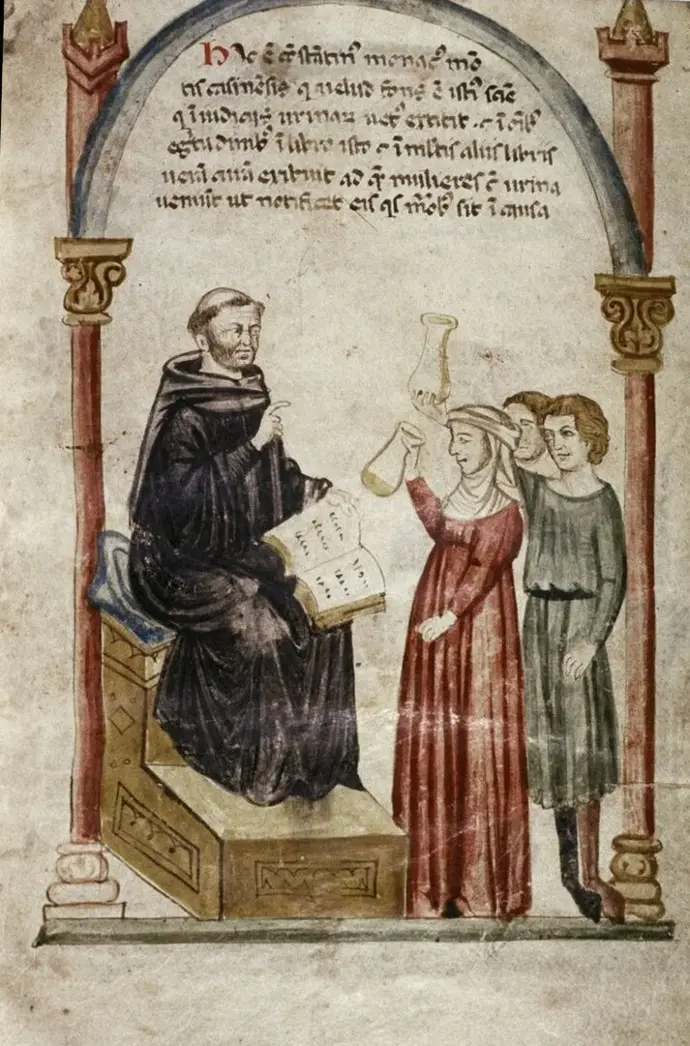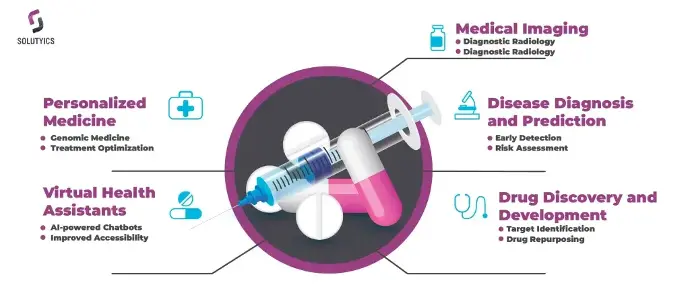Introduction:
Diagnostic methods have undergone significant evolution over the years, driven by advances in technology, understanding of disease mechanisms, and the quest for more accurate and efficient means of detecting illnesses. In this blog, we will delve into the scientific journey of diagnostic methods, tracing their development from rudimentary tools to sophisticated techniques that revolutionize modern healthcare.
Early Diagnostic Tools:
The history of diagnostic methods dates back centuries, with early civilizations relying on observational clues and rudimentary examinations to diagnose illnesses. Ancient Egyptian physicians, for example, utilized palpation, inspection, and auscultation to assess patients' conditions. Similarly, traditional Chinese medicine employed methods such as pulse diagnosis and tongue inspection.
Emergence of Laboratory Techniques:
The advent of microscopy in the 17th century marked a significant milestone in diagnostic medicine. Antonie van Leeuwenhoek's invention of the microscope enabled the visualization of microorganisms, laying the foundation for microbiology and the understanding of infectious diseases. Subsequent developments, including staining techniques pioneered by Robert Koch and Louis Pasteur's germ theory of disease, revolutionized diagnostics by enabling the identification of specific pathogens.
Diagnostic Imaging:
The 20th century witnessed remarkable progress in diagnostic imaging technologies, offering non-invasive ways to visualize internal structures and detect abnormalities. X-rays, discovered by Wilhelm Conrad Roentgen in 1895, revolutionized medical imaging by allowing physicians to peer inside the human body without surgery. Subsequent innovations, such as computed tomography (CT), magnetic resonance imaging (MRI), and ultrasound, provided increasingly detailed anatomical information, aiding in the diagnosis of a wide range of conditions.
Biochemical and Molecular Diagnostics:
The latter half of the 20th century saw the rise of biochemical and molecular diagnostic techniques, enabling the detection of biomarkers and genetic abnormalities associated with various diseases. Enzyme-linked immunosorbent assay (ELISA), developed in the 1970s, facilitated the quantification of proteins and hormones in biological samples, revolutionizing diagnostics in fields such as immunology and endocrinology. Polymerase chain reaction (PCR), invented by Kary Mullis in 1983, revolutionized molecular diagnostics by allowing the amplification and detection of specific DNA sequences, paving the way for applications in genetics, infectious diseases, and personalized medicine.
Point-of-Care Testing:
Recent years have witnessed a growing emphasis on point-of-care testing, which enables rapid diagnostics at the bedside or in community settings. Technologies such as lateral flow assays, portable molecular diagnostic devices, and smartphone-based diagnostic applications are transforming healthcare delivery by providing immediate results, facilitating timely interventions, and reducing reliance on centralized laboratory facilities.
Future Perspectives:
Looking ahead, the future of diagnostic medicine holds promise for further advancements driven by interdisciplinary collaborations, technological innovation, and the integration of artificial intelligence. Emerging technologies such as biosensors, nanotechnology, and machine learning algorithms are poised to enhance the sensitivity, specificity, and speed of diagnostic tests, ushering in an era of precision medicine where diagnoses are tailored to individual patients, genetic makeup, lifestyle factors, and environmental influences.
Conclusion:
The evolution of diagnostic methods has been characterized by continuous innovation and adaptation to the ever-changing landscape of healthcare needs and technological capabilities. From ancient observational techniques to cutting-edge molecular assays, diagnostic medicine has come a long way, revolutionizing our ability to detect and treat diseases. As we embrace the future of diagnostics, it is essential to remain vigilant, ensuring that new technologies are rigorously validated, ethically deployed, and accessible to all, thereby maximizing their potential to improve patient outcomes and population health.


